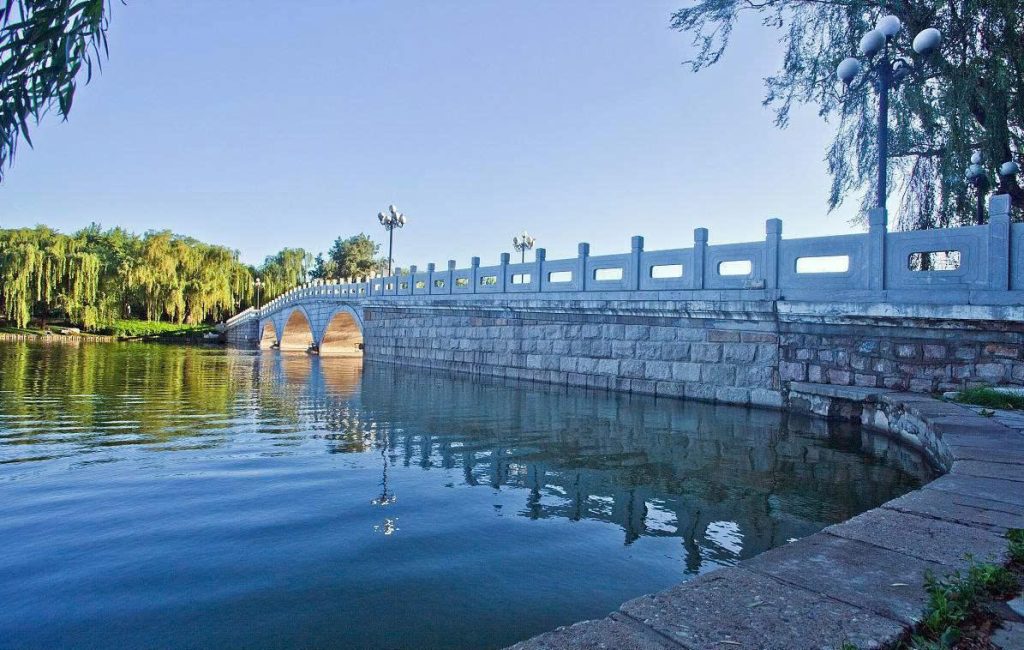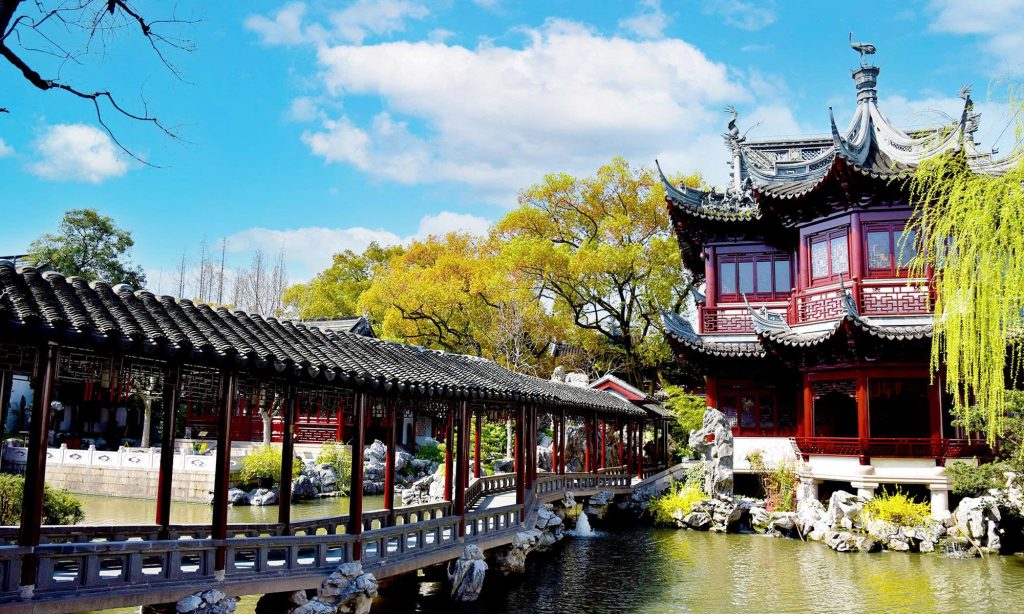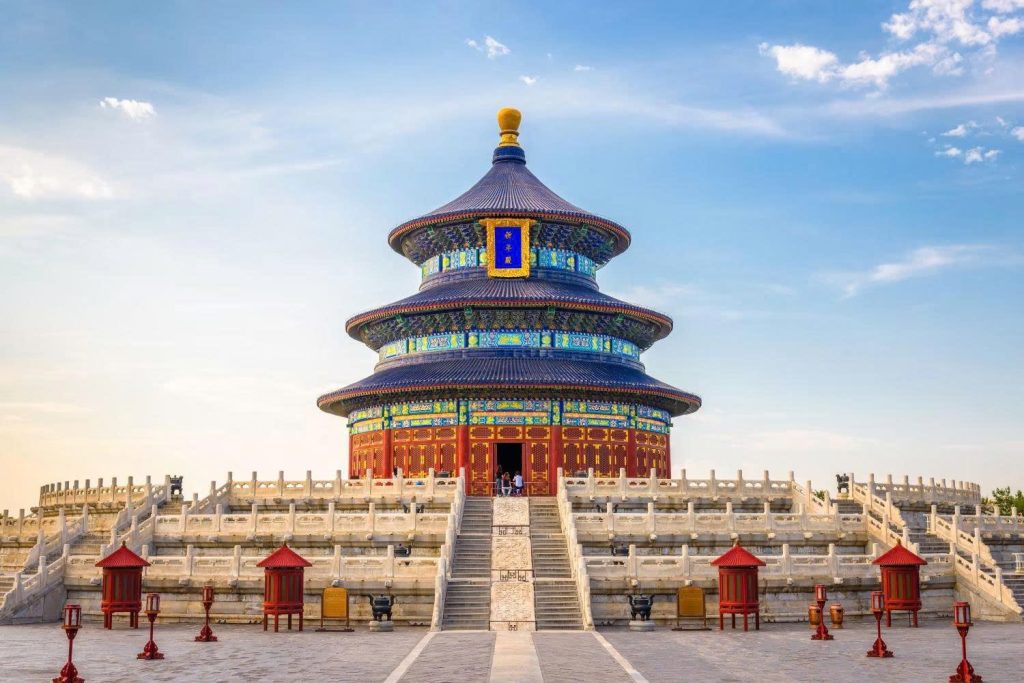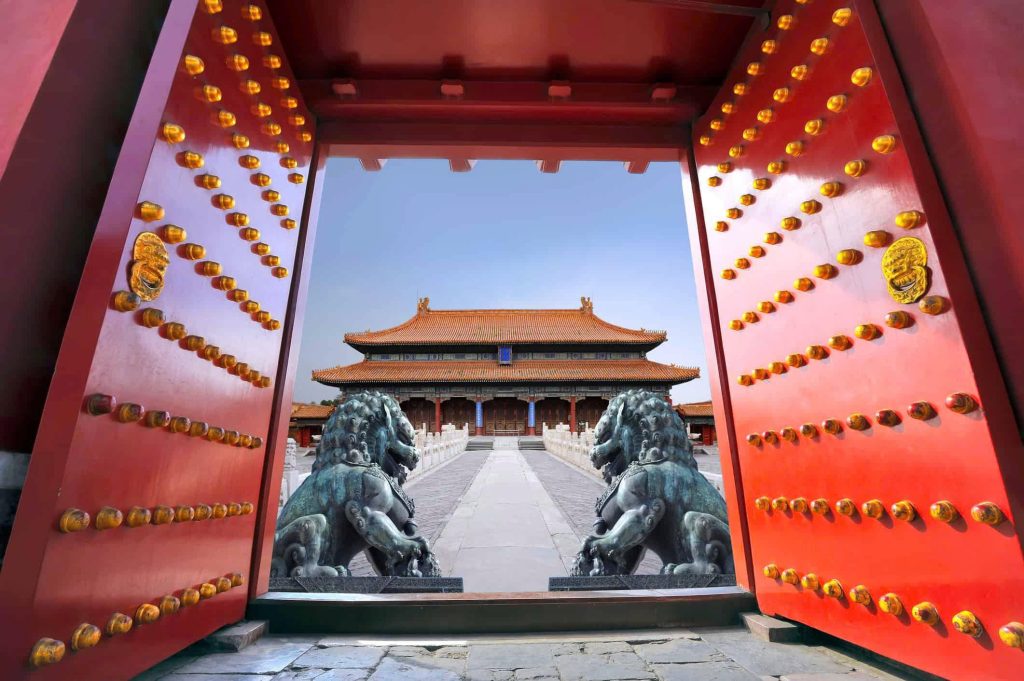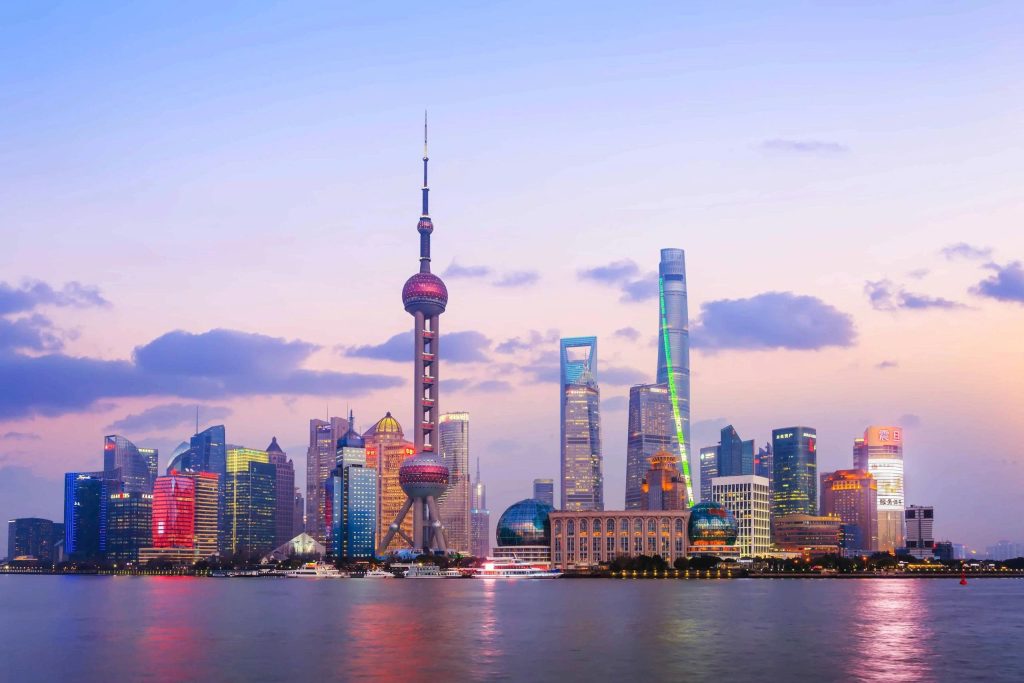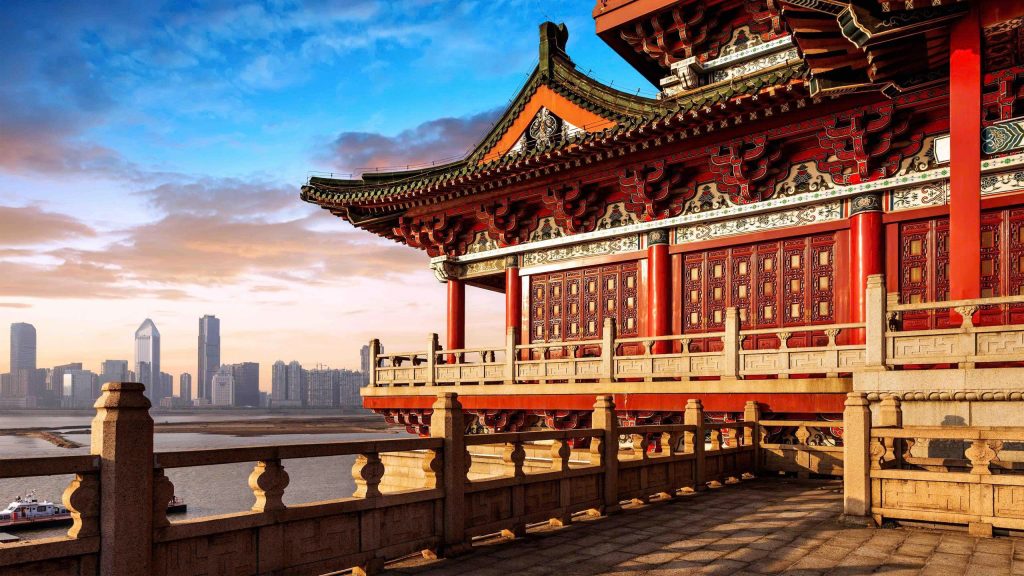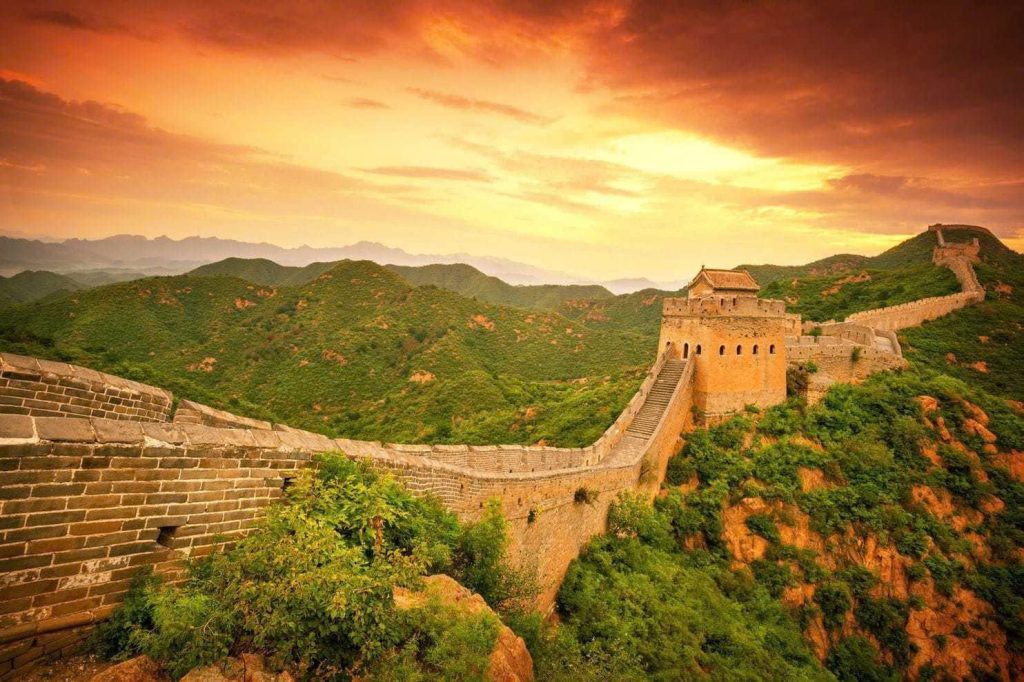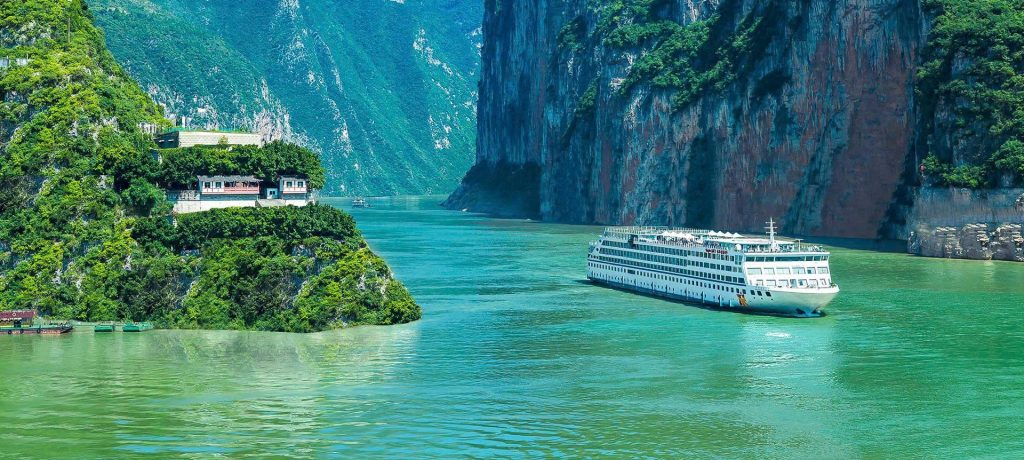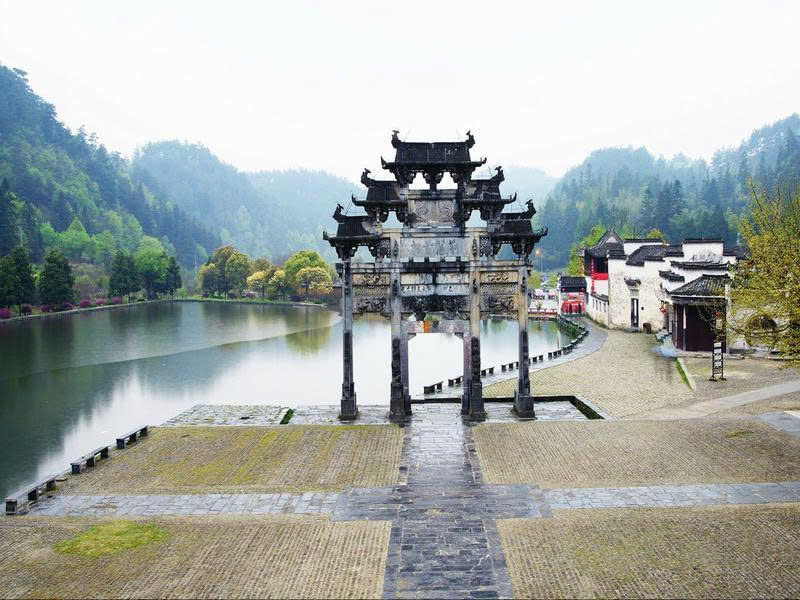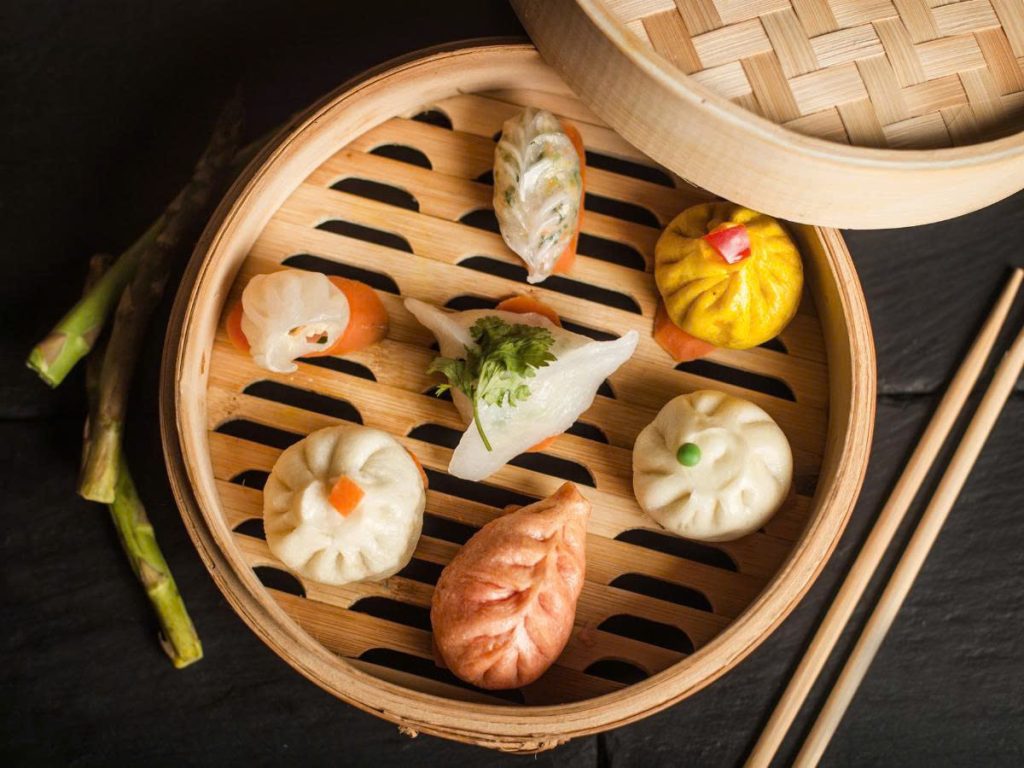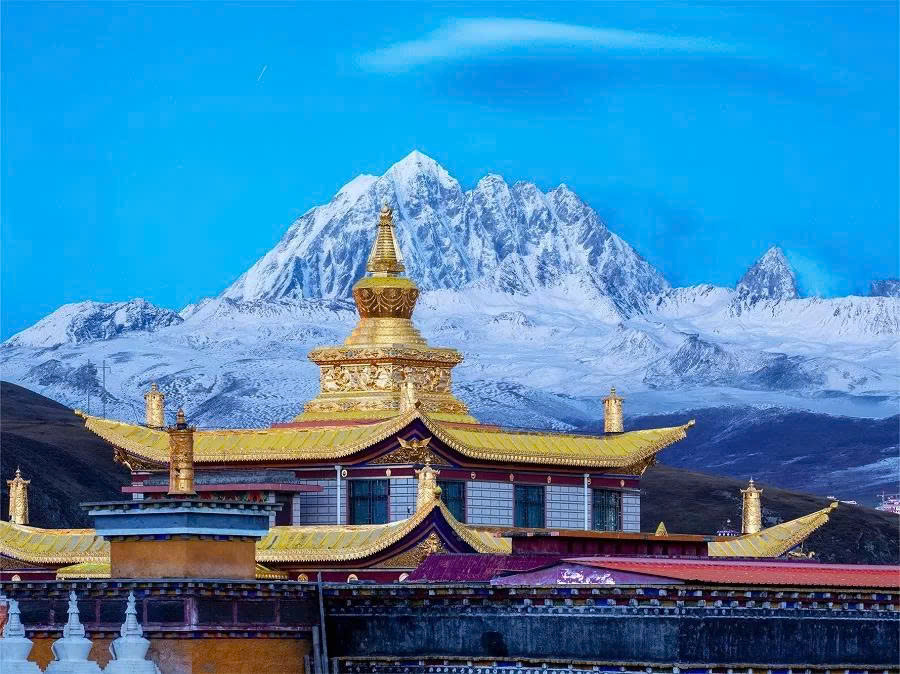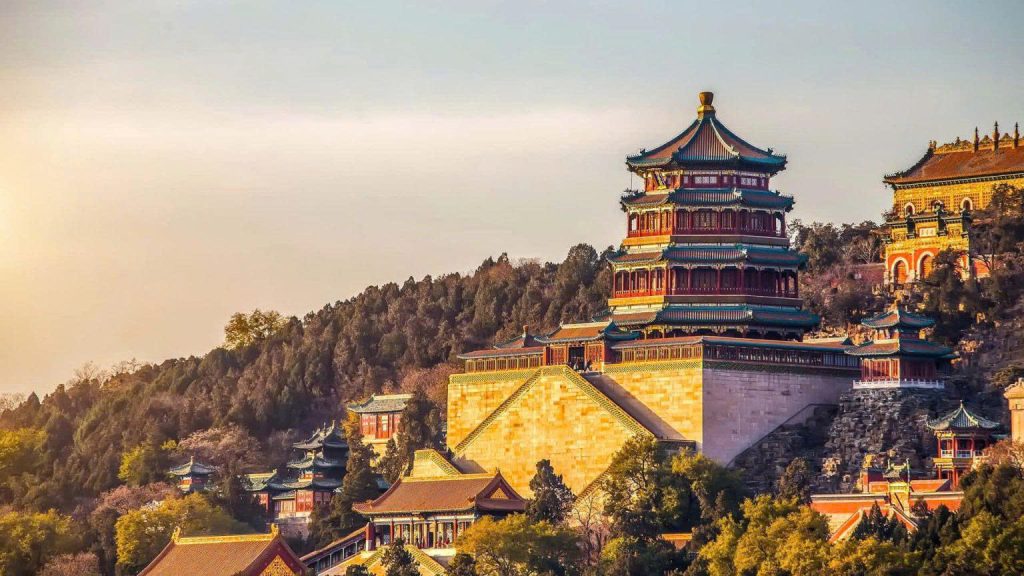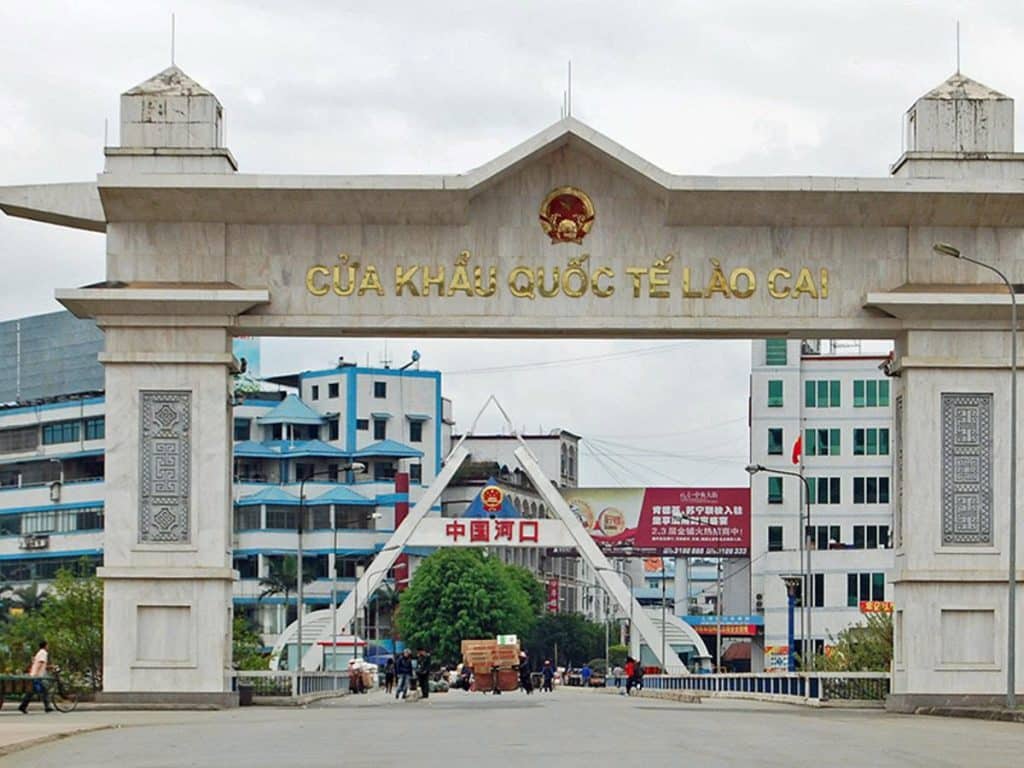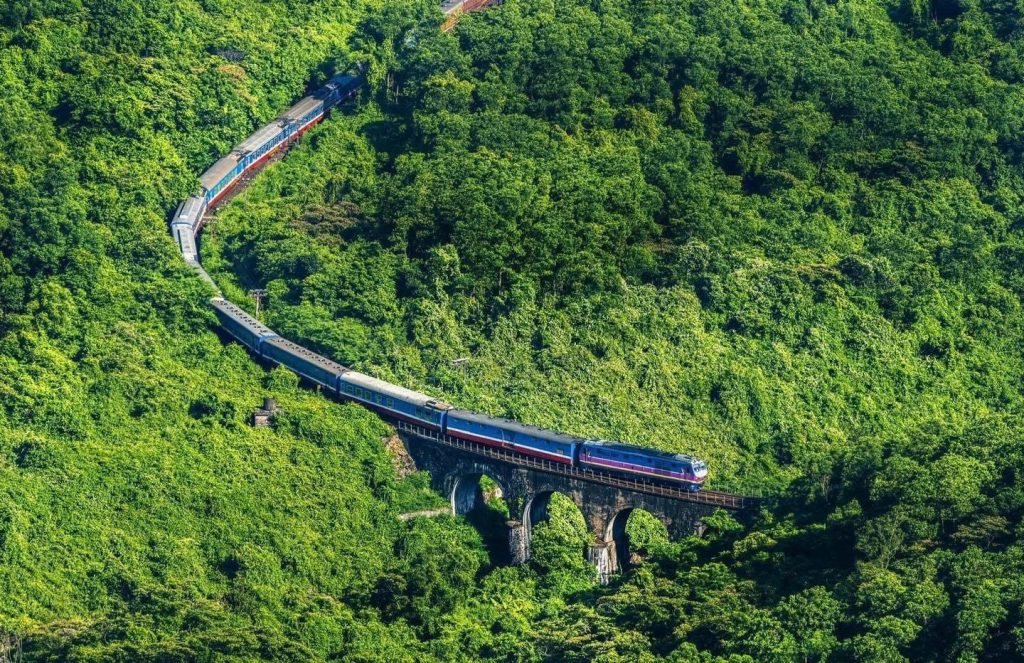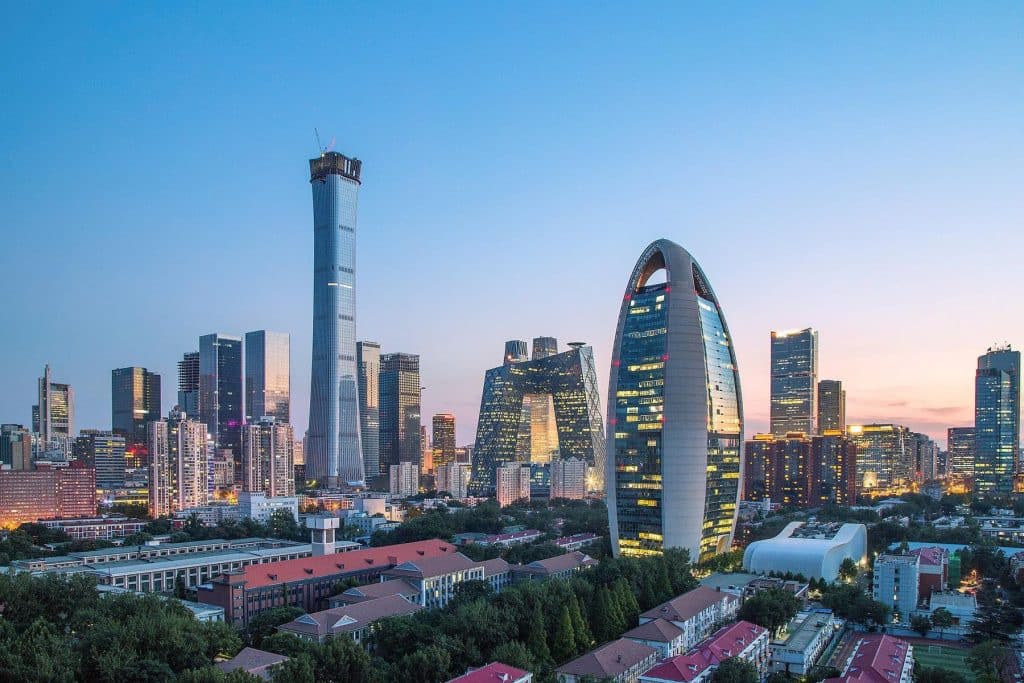Beijing is not merely the capital of China; it is a monumental testament to imperial power, ancient culture, and modern ambition. For the traveler, the city offers an unparalleled journey through history, where every landmark whispers tales of emperors and dynasties. If your passion lies in history, architecture, and deep cultural immersion, this list of 20 must-do things in Beijing is your definitive itinerary.
The Unmissable Historical Icons
These five entities form the absolute foundation of any Beijing trip, representing China’s greatest contributions to world history and architecture.
1. Walk the Great Wall of China (万里长城)
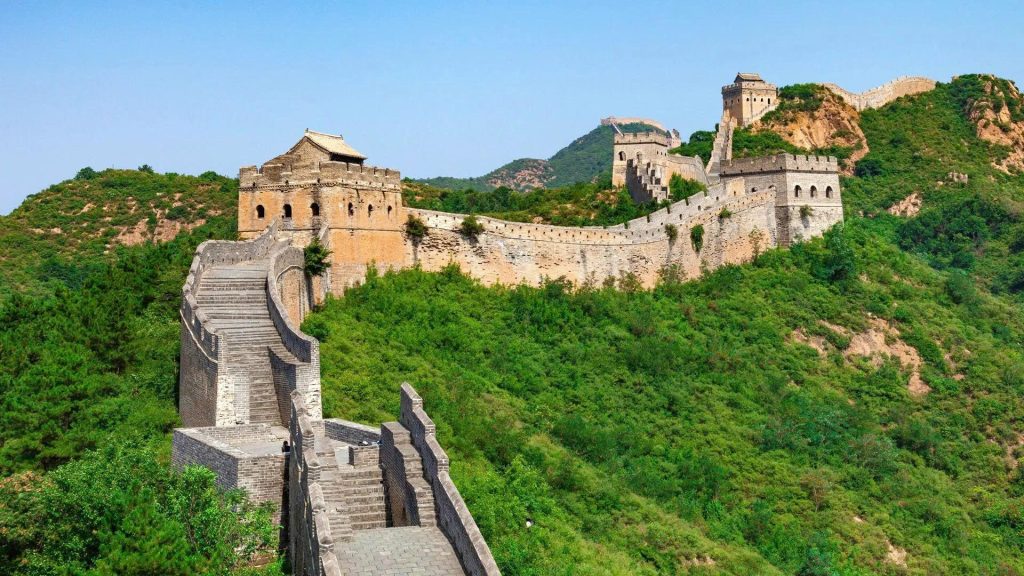
More than just a wall, it is a vast network of fortifications, watchtowers, and barracks built over centuries to protect Chinese states and empires against raids and invasions. It symbolizes the endurance and ingenuity of the Chinese civilization.
- Tip: For first-time visitors seeking a balance of accessibility and scenery, the Mutianyu Section is highly recommended. It’s well-restored, offers panoramic views of the Wall snaking through lush mountains, and is generally less crowded than Badaling. To save your legs, you can take a cable car up and then enjoy the thrilling toboggan ride down the mountainside, a unique experience to this section. For a more rugged, authentic experience, the unrestored Jiankou Section offers dramatic photo opportunities but is more challenging and often requires a certified guide due to safety concerns. Plan a full day for this trip.
2. Explore the Forbidden City (故宫)
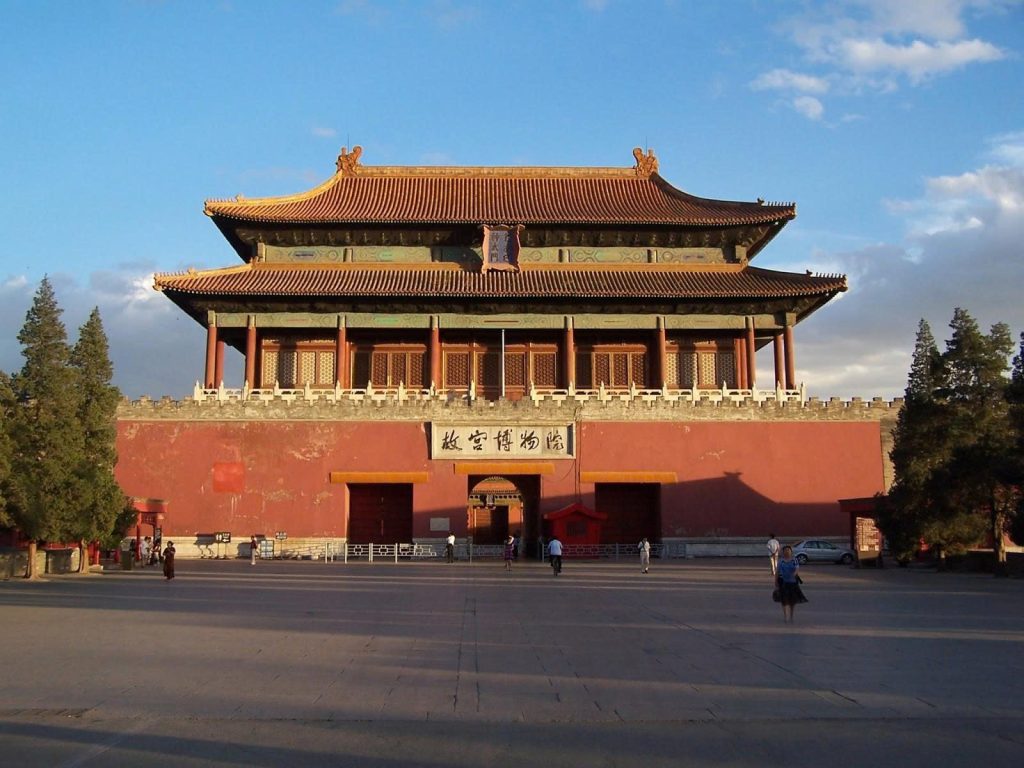
Known officially as the Palace Museum, this complex served as the imperial home and political center for 24 emperors across the Ming and Qing Dynasties. Its architecture strictly adheres to ancient Chinese philosophical principles, particularly the concept of the central axis, symbolizing the emperor’s role as the link between Heaven and Earth. The iconic Hall of Supreme Harmony is the largest wooden structure in China.
- Tip: Tickets must be booked online at least a week in advance using your passport, as same-day tickets are rarely available. You must enter through the Meridian Gate (Wumen) from the south. After viewing the main Halls of State, ensure you visit the less crowded Palace of Tranquil Longevity in the northeast corner for exquisite gardens and specialized exhibits. The visit is one-way, taking about 3-4 hours.
3. Reflect at Tiananmen Square (天安门广场)
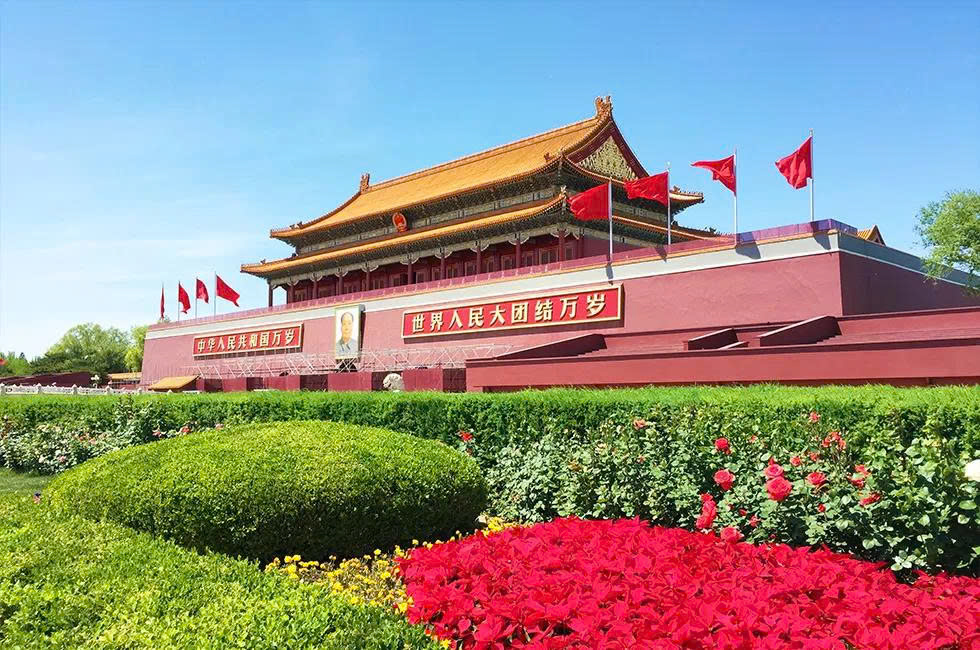
Located directly in front of the Forbidden City, this is the largest public square globally and a central point for major political and celebratory events in modern Chinese history. It is flanked by the Great Hall of the People and the National Museum of China.
- Tip: Arriving before dawn to witness the solemn flag-raising ceremony performed by the People’s Liberation Army Guard of Honor is a powerful and memorable experience. Be prepared for strict security checks and remember to carry your passport at all times.
4. Climb Jingshan Park (景山公园)
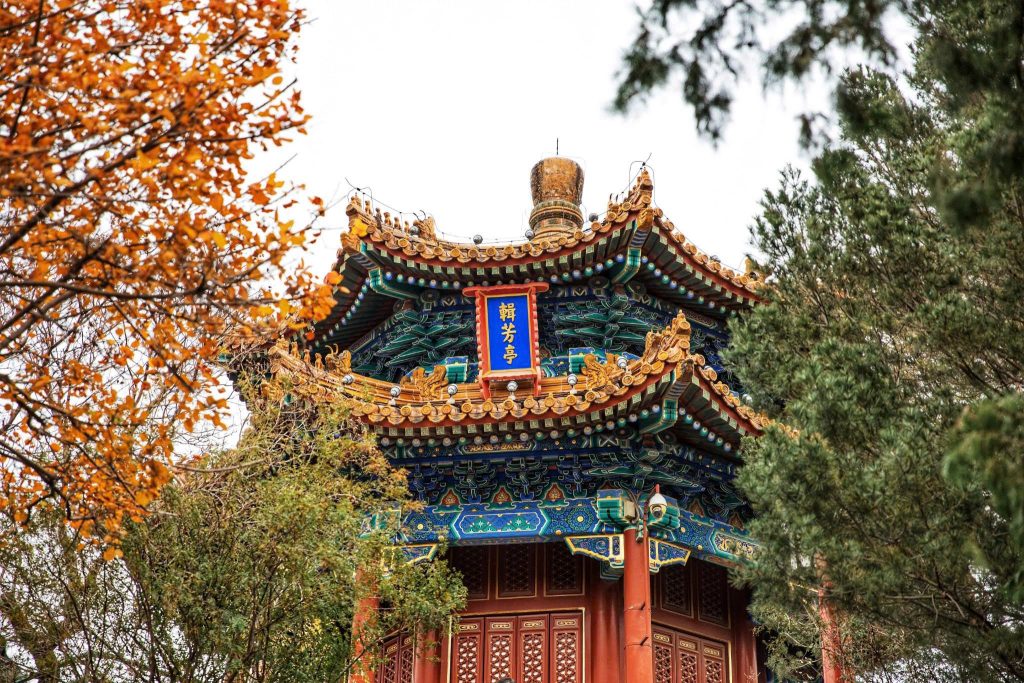
This hill was strategically located directly behind the Forbidden City. Legend holds that the earth used to create this man-made hill came from the excavations used to build the palace moat. It also holds the tragic site where the last Ming emperor, Chongzhen, committed suicide in 1644.
- Must-Do: Climb to the Wanchun Pavilion at the summit for the single best panoramic view of the entire, symmetrical Forbidden City complex, an absolute necessity for photographers and history buffs.
5. Visit the Temple of Heaven (天坛)
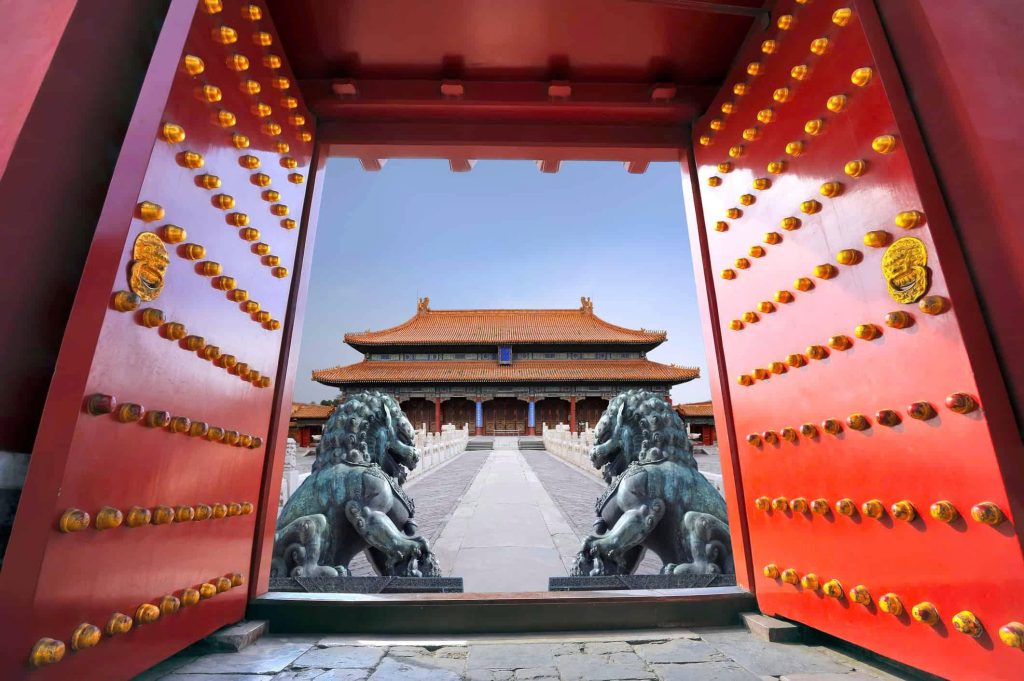
This was the most sacred of Beijing’s imperial temples. Emperors from the Ming and Qing dynasties visited here annually during the winter solstice to perform elaborate rituals to pray to Heaven for good harvests, acting as the ‘Son of Heaven.’ The complex is geometrically significant, designed with circular buildings (representing Heaven) set upon square bases (representing Earth).
- Local Experience: Arrive early (before 8 AM). The vast grounds are used by Beijing residents for their daily routines—you’ll see dozens of groups practicing Tai Chi, ballroom dancing, calligraphy (writing on the pavement with water), and singing opera, offering a deeply authentic glimpse into local Beijing life.
Palaces, Temples, and Spiritual Sites
Delve into the religious and leisure lives of the imperial family with these majestic entities.
6. Wander the Summer Palace (颐和园)
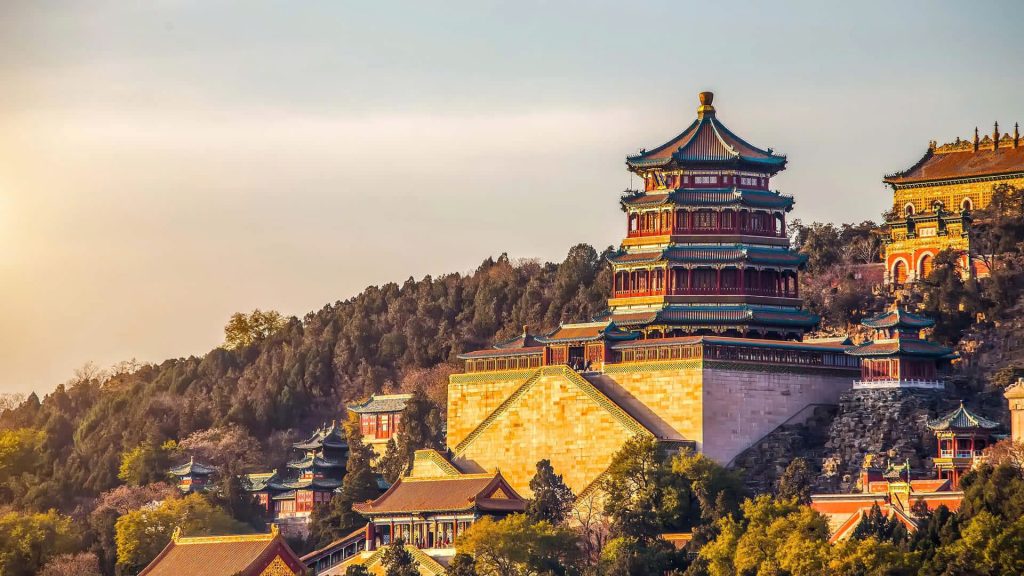
This vast complex of lakes, hills, and palaces served as a serene retreat for the imperial court during the hot summer months. It is dominated by Kunming Lake and Longevity Hill. Highlights include the Long Corridor (a 728-meter long covered walkway decorated with thousands of classical paintings) and the Marble Boat (a famous, if ironic, piece of Qing Dynasty indulgence).
- Tip: Plan at least half a day. Renting a small boat on Kunming Lake offers a peaceful way to absorb the landscape.
7. Find Peace at the Lama Temple (雍和宫)
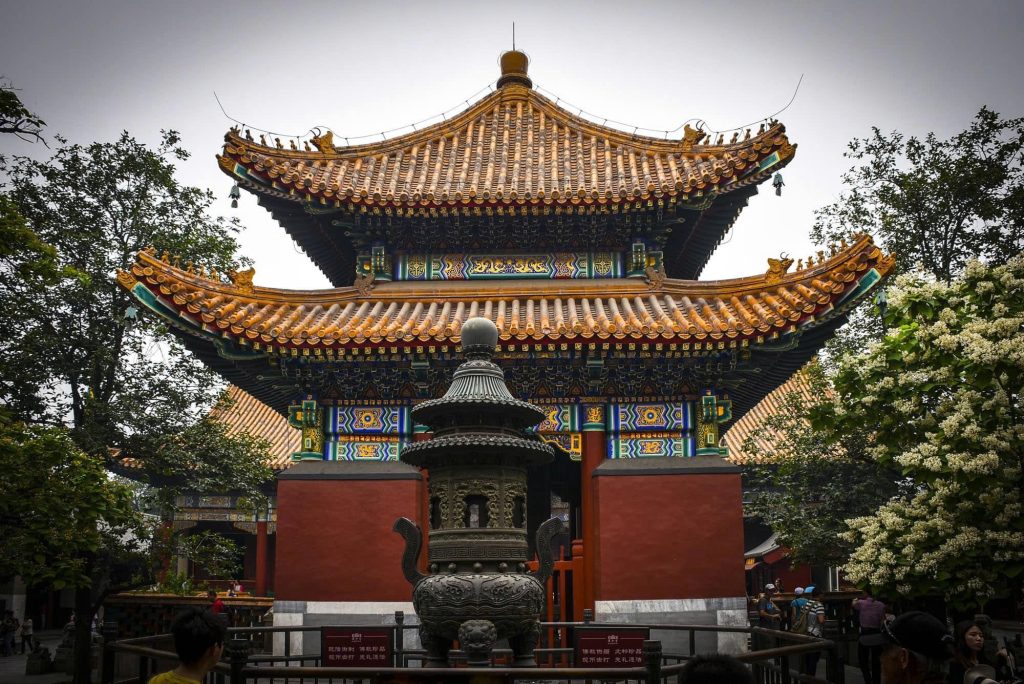
Originally a princely residence, the Yonghe Temple was converted into a monastery and became one of the most important centers of Tibetan Buddhism outside of Tibet. The incense-filled air, vibrant prayer flags, and chanting monks create a truly unique spiritual experience.
- Must- See: The final hall houses a magnificent, 18-meter-tall Buddha statue carved from a single piece of sandalwood, recognized by Guinness World Records.
8. Explore the National Museum of China (中国国家博物馆)
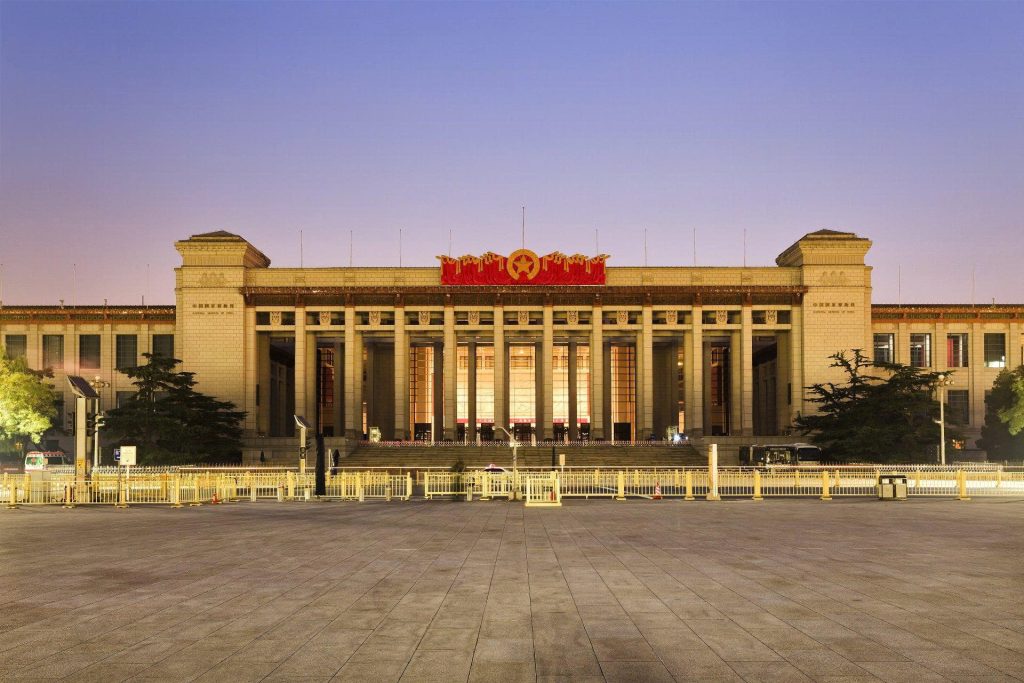
Located on the eastern side of Tiananmen Square, this is one of the largest museums in the world by floor space. It houses a breathtaking collection of over one million items, systematically tracing China’s history from prehistory to the modern era, including rare jade pieces, ancient bronzes, and revolutionary art.
- Tip: Admission is free, but securing tickets online in advance is essential due to high demand and security checks.
The Local Heart: Hutongs and Culinary Delights
To experience the city’s living culture, you must leave the grand avenues and enter the alleyways that define Old Beijing.
9. Get Lost in the Hutongs (胡同)
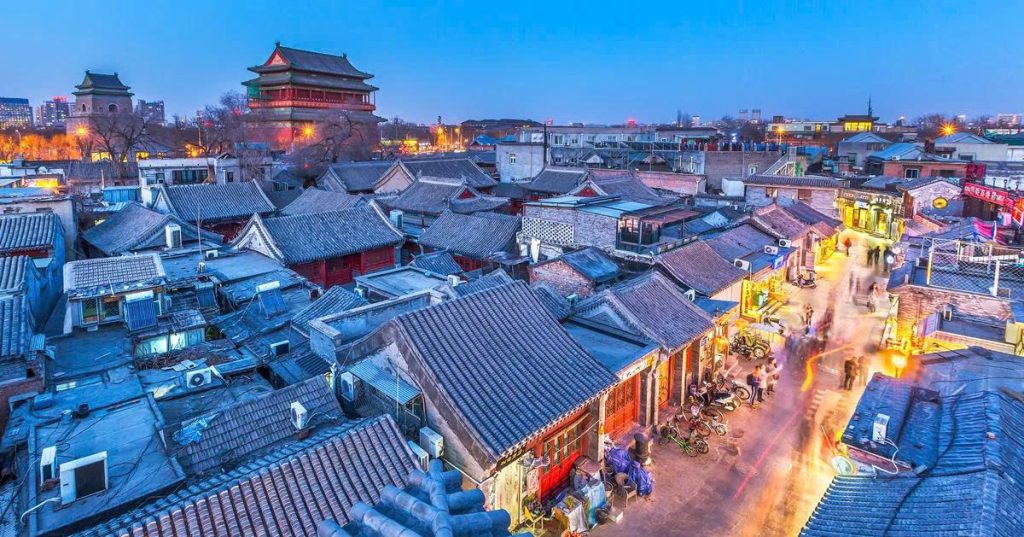
These narrow residential alleyways, lined with ancient courtyard homes (siheyuan), are the cultural heart of Old Beijing. They provide a striking, intimate contrast to the modern skyscrapers. These areas are fast disappearing, making their exploration vital.
- Must- Do: Take a relaxing Rickshaw Tour through preserved areas like Shichahai (which encompasses the area around Houhai and Qianhai Lakes) to learn about the traditional architecture and the daily lives of local residents.
10. Indulge in Authentic Peking Duck (北京烤鸭)
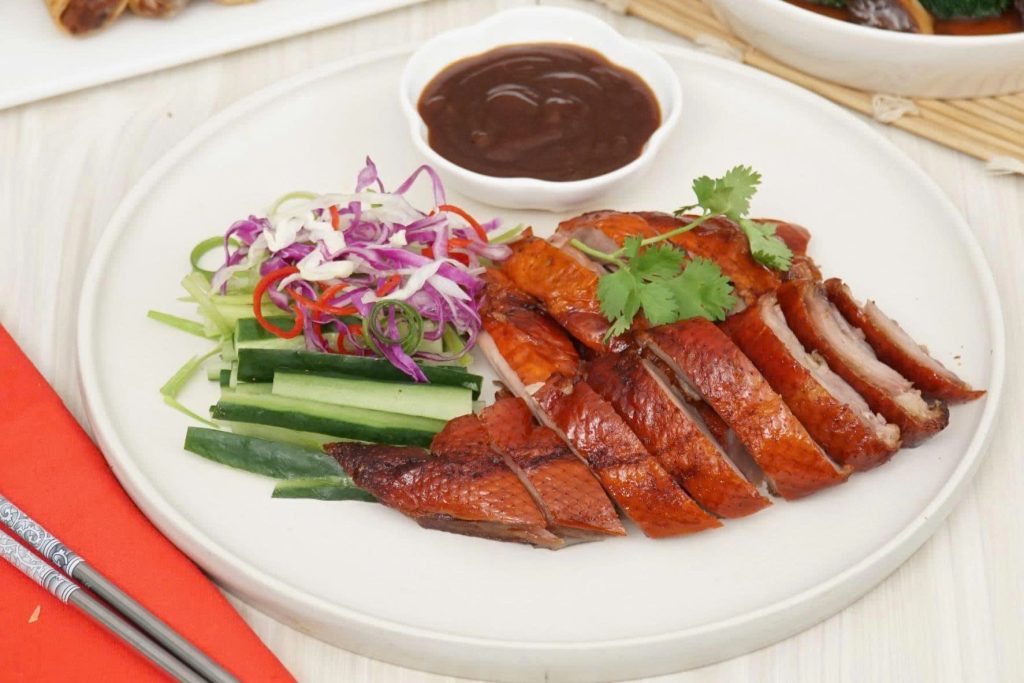
This is the signature culinary experience of Beijing. The skin is painstakingly roasted to a perfect, lacquered crispness. The duck is expertly carved table-side by the chef and traditionally served with thin pancakes, crisp scallions, cucumber strips, and sweet hoisin sauce.
- Tip: For a world-class experience, dine at established, respected names. Quanjude is famous for tradition, while Da Dong is known for its lighter, less greasy preparation.
11. Explore the 798 Art Zone (798 艺术区)
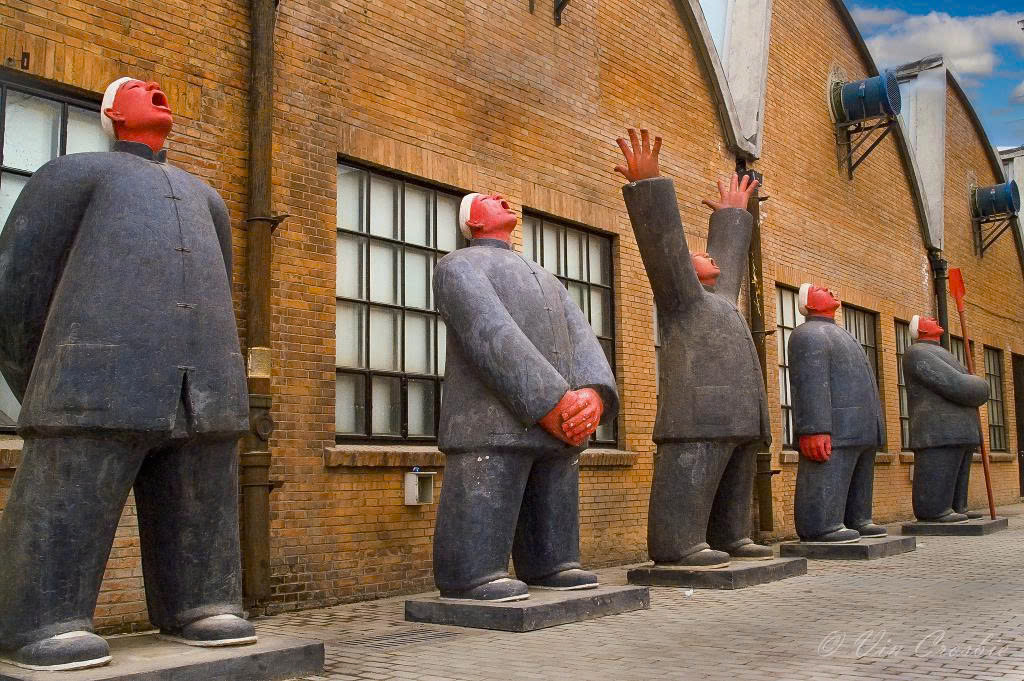
This district is a fascinating convergence of industrial past and artistic future. It was a former state-owned factory complex (originally built with East German assistance in the 1950s) that has been spectacularly repurposed into a hub for contemporary Chinese art.
- Tip: 798 is filled with cutting-edge galleries, artist studios, independent designer cafes, and massive modern sculptures. It offers a crucial insight into China’s modern cultural dialogue, showcasing a world far removed from the imperial history of the Forbidden City. Allow at least three hours to wander the sprawling grounds.
12. Stroll Along Wangfujing Street (王府井大街)
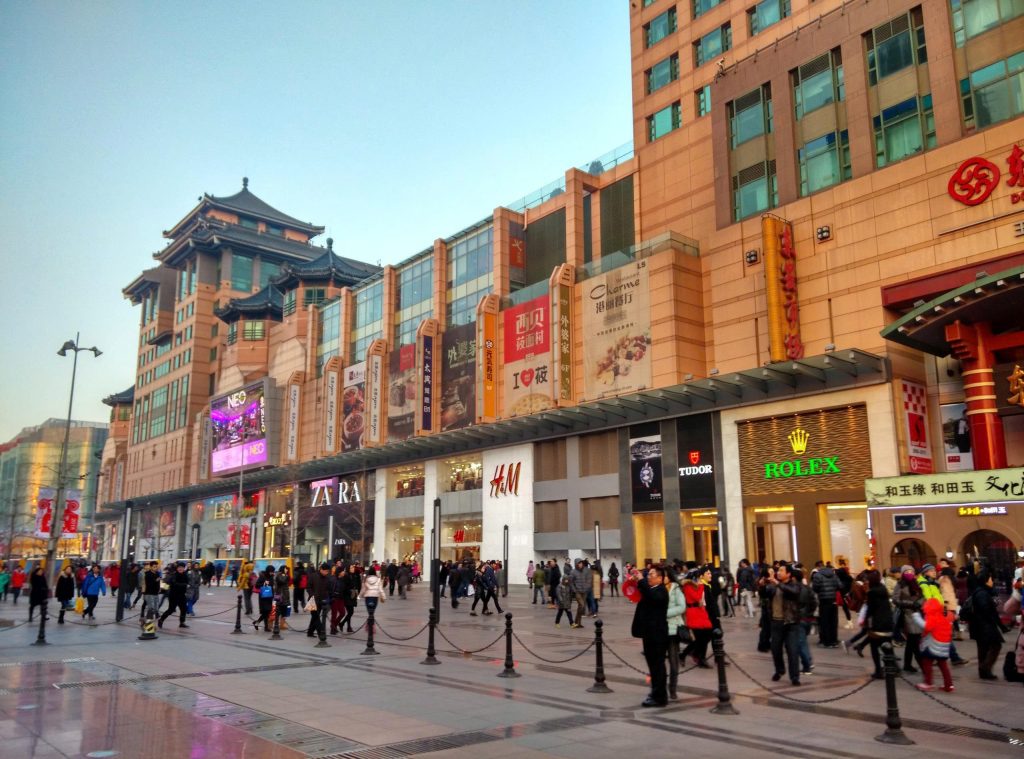
As Beijing’s premier pedestrian shopping street, Wangfujing has been a major commercial area since the Ming Dynasty. Today, it features major department stores, high-end malls, and international flagship stores, making it a key destination for modern consumers.
- Must-See: The adjacent side-street food market (often the focus of tourist visits) is famous for its exotic (and occasionally shocking) assortment of regional street snacks and local delicacies. While highly commercialized, it’s worth a visit for the vibrant atmosphere and photo opportunities.
13. Visit the Bell and Drum Towers (钟鼓楼)
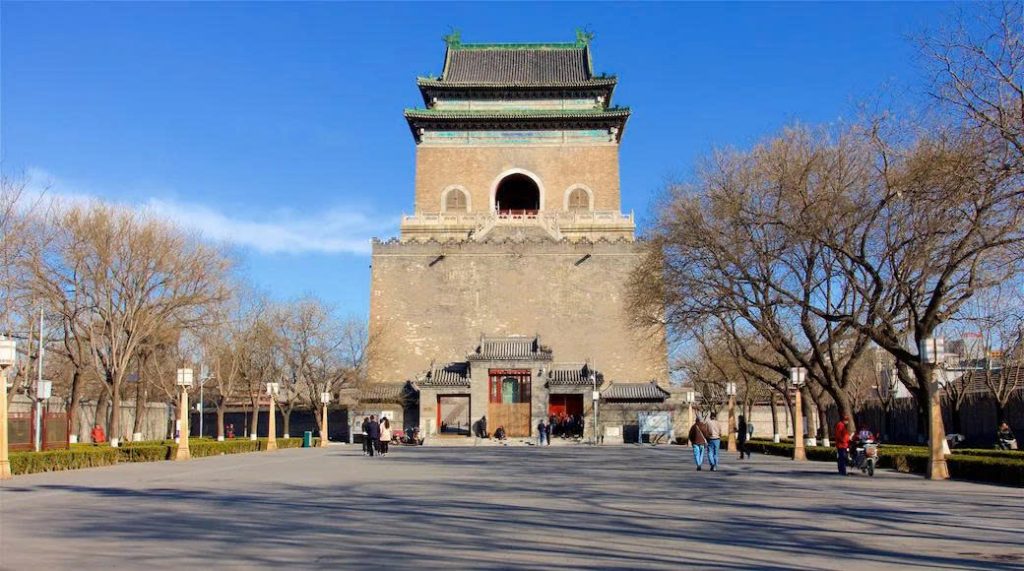
Located north of the Forbidden City, these two imposing towers once served as the official timekeepers for the entire capital during the Ming and Qing Dynasties. They are vital historical entities linking the imperial court to the daily lives of the city’s residents.
- Must- Do: Climbing the Drum Tower not only allows you a fantastic, low-level panoramic view over the surrounding hutongs, but also includes a daily demonstration of the massive, meticulously tuned drums used for timekeeping—a short, loud, and educational experience.
14. Wander Wudaoying Hutong (五道营胡同)
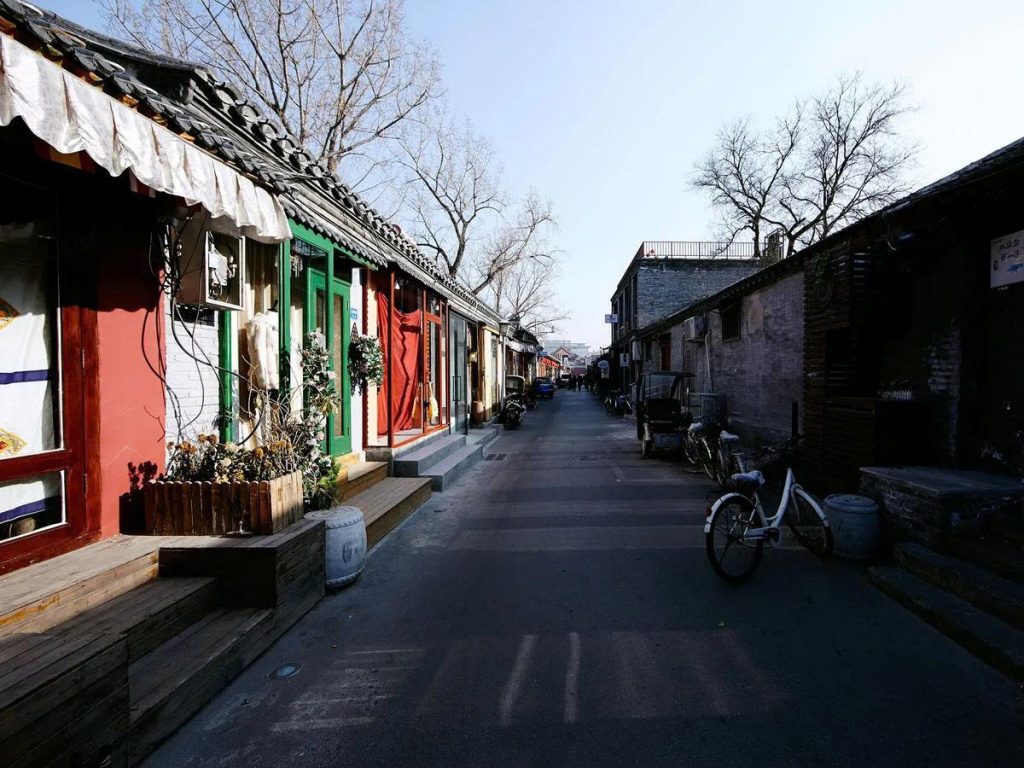
If you found the popular Nanluoguxiang hutong too crowded, Wudaoying offers a more relaxed, bohemian, and slightly quieter alternative. This alleyway has skillfully blended tradition with modernity.
- Tip: Wudaoying is lined with trendy, independently owned cafes, small boutique shops, and unique bars, making it highly popular with young locals and expatriates. It’s the perfect place to grab a quality coffee and observe the modern, evolving urban culture.
Beyond the City Center: Extended Journeys & Relaxation
These destinations require a bit more travel time or offer a vital pause from intense sightseeing, adding essential depth to your itinerary.
15. The Ming Tombs (明十三陵)
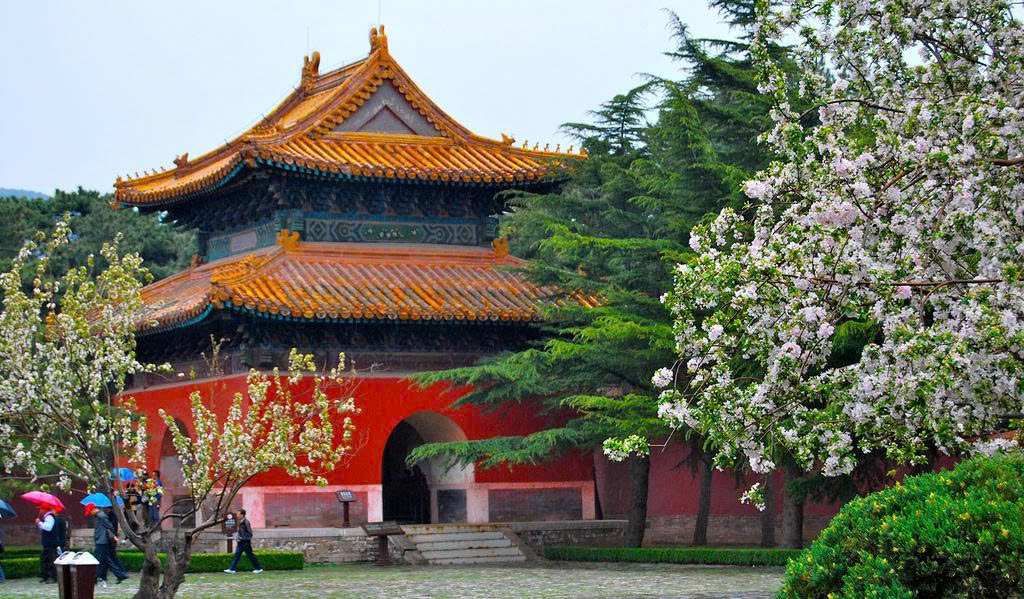
This is the collective burial site of thirteen emperors of the Ming Dynasty, located in a scenic valley north of Beijing. The entire area is chosen according to strict feng shui principles, with mountains shielding the site from the north.
- Must-See: The most significant sites to visit are Dingling (where you can descend into the cool, marble-lined underground palace, the tomb of Emperor Wanli) and Changling (the first and largest tomb, offering grand architecture at the entrance). Plan a half-day trip here, often combined with a visit to the Great Wall.
16. The Beijing Zoo – Say Hello to the Pandas

While a zoo, its primary draw and reason for inclusion is its well-maintained Panda House, home to China’s beloved Giant Pandas. Seeing these national treasures is a quintessential Beijing experience.
- Tip: Arrive early in the morning (right at opening time) when the pandas are most active, typically feeding, climbing, or playing, before the crowds build up later in the day when the pandas tend to nap.
17. Relax at Beihai Park (北海公园)
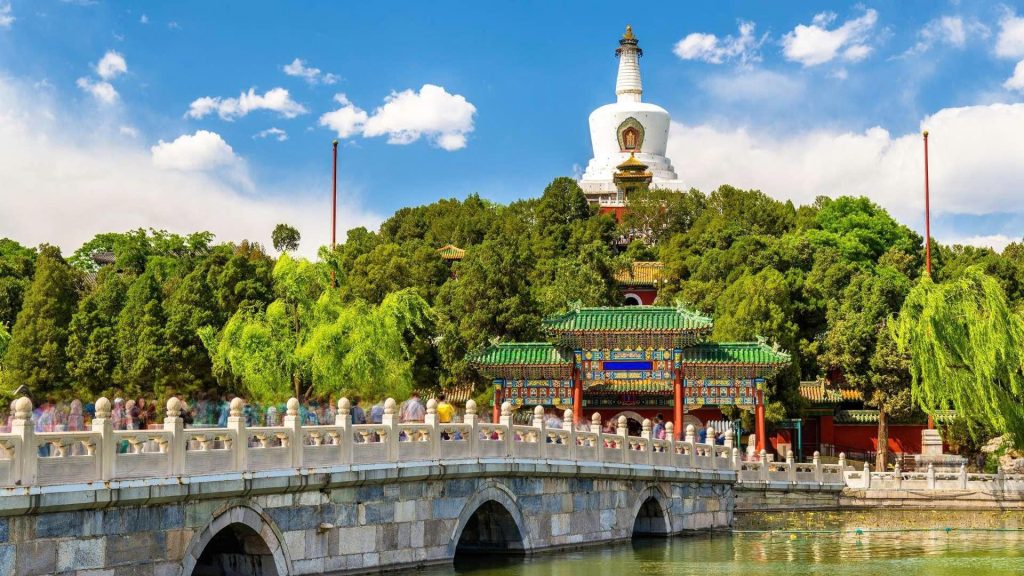
Just northwest of the Forbidden City, this beautiful park was once an imperial pleasure ground and is one of the oldest and best-preserved imperial gardens in China. Its design is typical of Chinese garden art, blending natural scenery with man-made structures.
- Tip: It features a large lake (frozen in winter, perfect for boating in summer) and the iconic White Dagoba atop Qionghua Island, which serves as a serene focal point and offers excellent views of the city. It’s an ideal spot for a mid-day respite.
18. Enjoy a Traditional Tea Ceremony
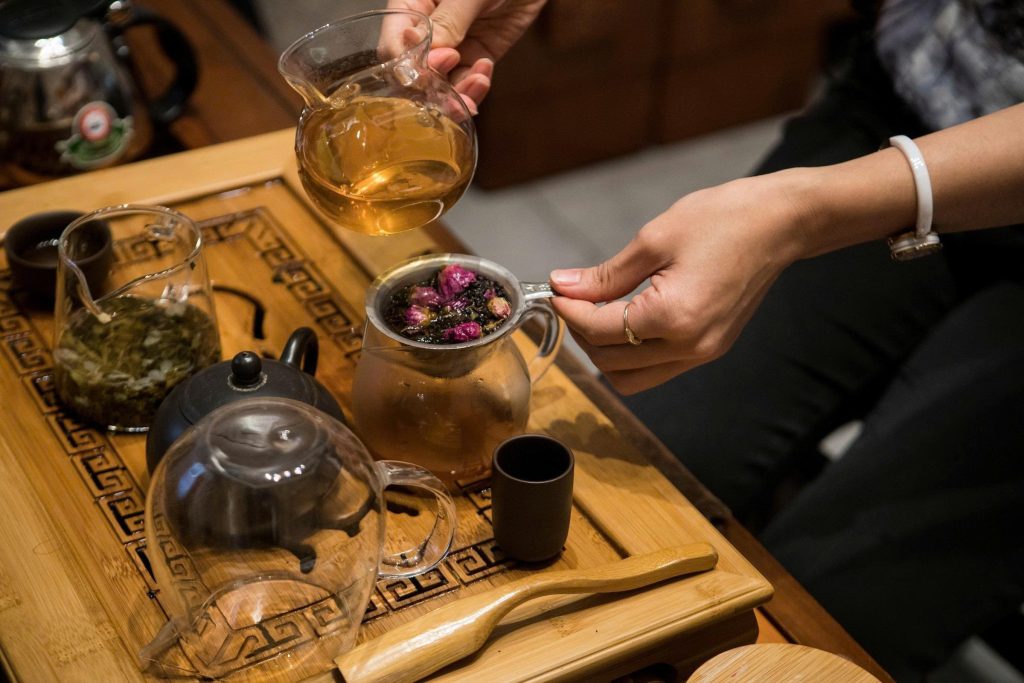
Participate in a structured Chinese tea ceremony, or Gongfu Cha. This is more than just drinking tea; it is a ritual emphasizing patience, respect, and artistry. Ceremonies are often held in quiet teahouses located within a hutong.
- Tip: It’s a wonderful way to understand the history, philosophy, and precise etiquette of Chinese tea culture and to sample various regional teas, like Longjing Green Tea or Pu-erh, often presented by a knowledgeable tea master.
Evening Entertainment and Unique Finds
19. See a World-Class Acrobatics Show
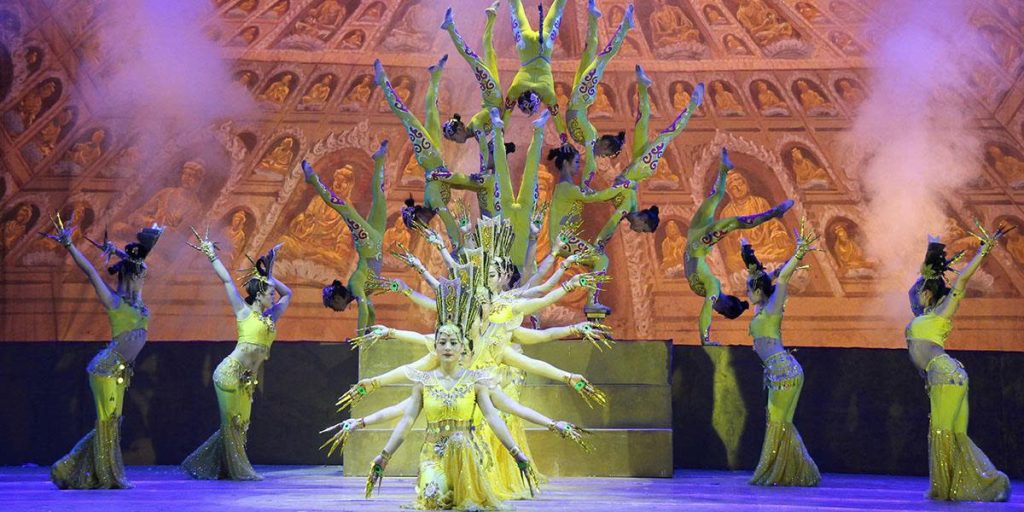
Booking tickets for a dazzling acrobatics performance offers thrilling evening entertainment that showcases a long-standing Chinese tradition. These shows have evolved from simple folk arts into sophisticated, modern stage productions.
- Tip: Look for performances at venues like the Chaoyang Theatre or the Red Theatre. The shows combine traditional Chinese acrobatics with modern effects, featuring incredible feats of balance, contortion, and daring stunts that captivate all ages.
20. Stroll Around Houhai Lake at Night
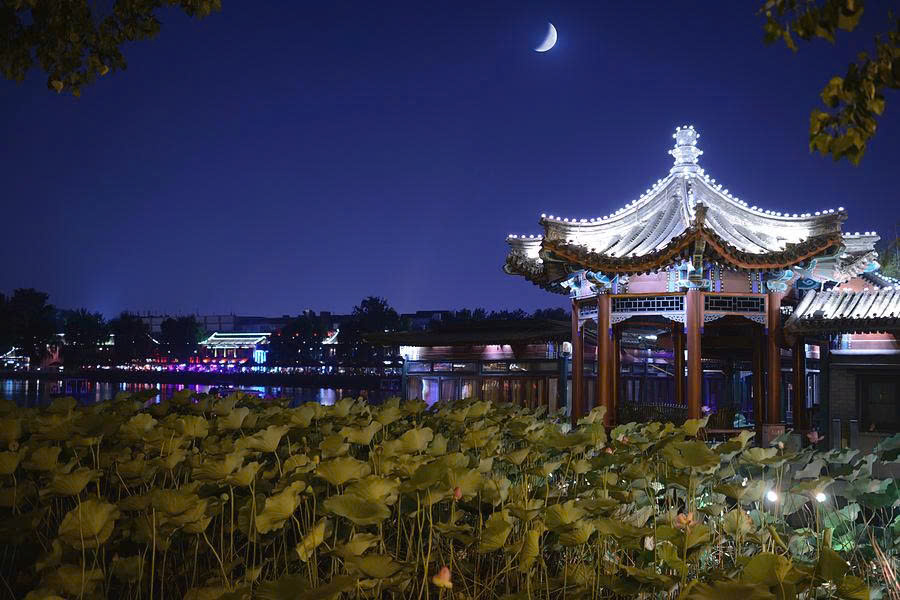
The area around Houhai Lake is part of the Shichahai scenic area and transforms after sundown. At night, the traditional architecture, including the surrounding old courtyards and willow trees, is beautifully illuminated, giving the area a magical quality.
- Tip: The lakefront is famous for its vibrant mix of traditional music venues, modern bars, and restaurants. It provides a charming and lively atmosphere perfect for a final evening walk, grabbing a late-night snack, or enjoying a quiet drink by the water.
RELATED: Best Time to Visit China: Weather, Festival, and Travel Seasons
Planning your trip
A successful trip to Beijing requires meticulous preparation, especially regarding ticketing and connectivity.
| Aspect | Essential Information (Trustworthiness) |
| Best Time to Visit | Spring (April-May) and Autumn (September-October) offer the most pleasant weather for outdoor sightseeing. Avoid major national holidays like Golden Week in early October. |
| Ticketing (Critical) | Most major historical sites (Forbidden City, Temple of Heaven, Great Wall) require tickets to be purchased online and in advance using your passport. Check the official booking windows—many sites release tickets 7 days ahead and they sell out quickly. |
| Transportation | Beijing’s Subway System is highly efficient, cheap, and easy to navigate (signs are in English and Pinyin). For the Great Wall, hiring a private, vetted driver or joining a reputable tour is the most convenient option. |
| Internet Access | Key global websites (Google, Facebook, Instagram, etc.) are restricted. Download and install a reliable Virtual Private Network (VPN) application before you arrive in China to ensure connectivity. |
| Payment | China is heavily reliant on mobile payment apps like Alipay and WeChat Pay. It is highly recommended to set up one of these apps to link with your international credit card for seamless transactions across the city. |
RELATED: Ultimate China Travel Guide: Visa, Costs, and Tips 2026
Beijing is a city that demands your time and attention. By focusing your itinerary on these key historical, cultural, and local entities with this level of detailed planning, you are guaranteed to leave with a profound appreciation for one of the world’s truly great ancient capitals.

